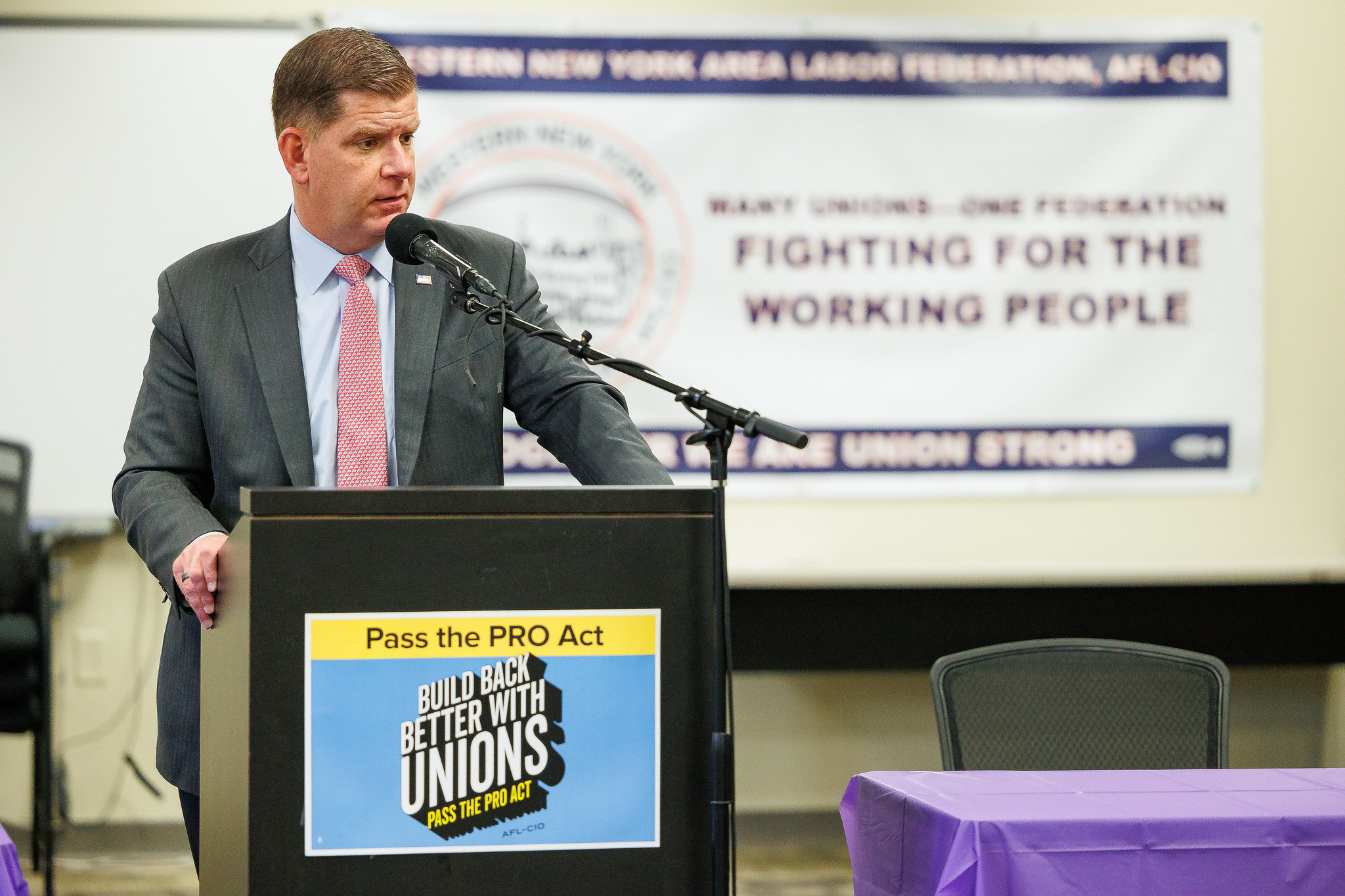The Bureau of Labor Statistics (BLS) recently issued a report on union membership, which found that overall union membership rates have declined to “the lowest on record.” BLS is an agency operating within the Department of Labor (DOL), which is headed by Labor Secretary Marty Walsh. The agency releases this report annually.
In 2022, the union membership rate dropped to 10.1% to a total of 14.3 total million members among wage and salary workers. Compare this statistic to the first year of comparable data collection, when in 1983, the rate was 20.1% and there were 17.7 million members.
Union membership numbers grew slightly at 1.9%, or 273,000 added members, in 2022. Yet the slight increase in union membership numbers did not offset the large increase in nonunion workers, which led to a decrease in overall union membership rates among wage and salary workers.
The report included other key findings, including:
- 33.1% of public-sector workers are unionized compared to just 6% of private-sector workers.
- Workers in protective services (i.e. law enforcement and corrections) had the highest unionization rate at 34%.
- Non-union workers had slightly lower median weekly earnings than their union counterparts ($1,029 compared to union workers’ $1,216).
- Both Hawaii and New York are the top-two states of union membership rates (21.9% and 20.7%, respectively).
